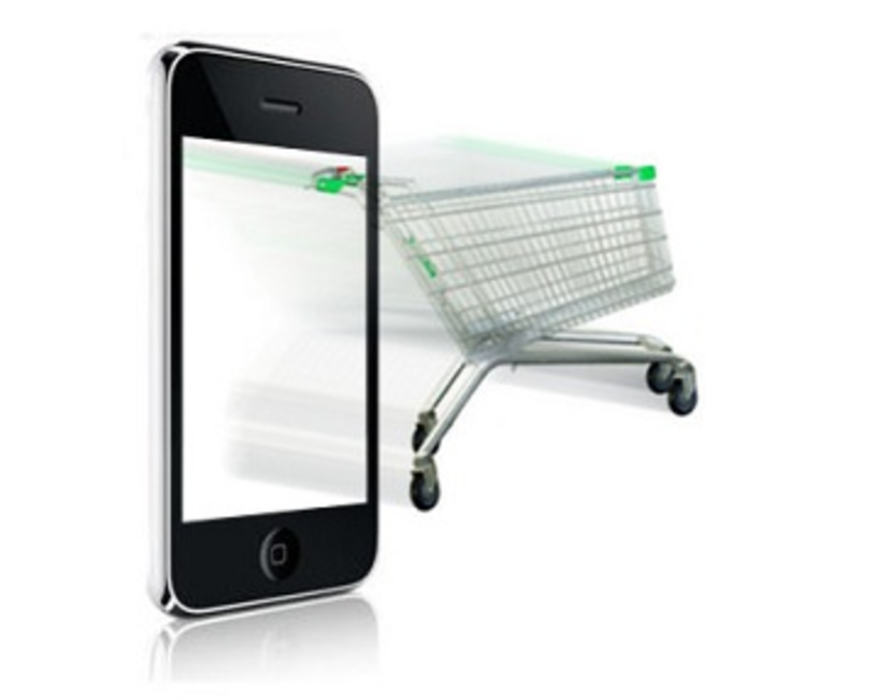Mobile shopping is a lifestyle that surpasses age, asserted Sprint Nextel and Barkley at the Share.Like.Buy 2012 millennial marketing conference.
“In 2005 P&G introduced us to the first moment of truth. When a shopper encounters your product on the shelf, there’s a moment of truth for the brand. That moment of truth lasts for about three seconds,” said Mark Logan, SVP of digital innovation and leader of Barkley’s innovation lab, Moonshot. “These days we always have high-speed Internet in our pants. The new moment of truth becomes a mobile moment of truth.”
Logan and Ben Vos, VP of business operations for Sprint Nextel, discussed how mobile shopping is just as much of an emotional practice as it is a rational one. According to Sprint’s Mobile Moment of Truth study, an online survey of approximately 1,100 smartphone users between the ages of 18 to 65, “shoptimizers” enjoy the holistic shopping experience because it serves the rational needs of organizing shopping, saving money, finding deals, and saving time and it provides the emotional pleasure of easing stress, adding fun, experiencing the thrill of a deal, and gaining confidence.
“It’s a multifaceted experience that a consumer is having when they’re using their mobile device while they shop,” Vos said.
To illustrate how mobile shopping appeals to both older and younger generations, Logan and Vos compared the shopping experiences of millennials with older shoppers side by side. Sixty-one percent of millennials compared to 56% of older shoppers use their smartphone to help them grocery shop, and 82% of both millennials and non-millennials use their smartphone to help them shop at mass merchandisers, according to the study. Likewise, 61% of millennials and 63% of older shoppers use smartphones to compare prices when shopping at the grocery store, and a marginal 1% separates the 57% of millennials from the 58% of nonmillennials who user their smartphone to find coupons.
Both age groups rated Amazon as their shopping app of choice (26% millennials, 21% older shoppers), followed by Facebook (18%, 13%), Groupon (11%, 11%), and Target (11% and 12%), according to the survey.
With so much information at their disposal, surveyed respondents said that conflicting product information and prices across different mobile platforms can cause “app skepticism.” The skepticism stems from users claiming that apps can be less user-friendly, provide less information, and don’t always match a website’s information, according to the study.
“The consumer expects consistency between those mobile shopping experiences,” Vos said. “Recognize that there’s so much information at consumers’ fingertips right now…. They are extremely well educated, they expect, as a result, that you as a merchandiser are going to be accommodating to them as a well-informed consumer.”
The issue of showrooming is another challenge marketers face. Forty-five percent of millennials and older shoppers admitted to retreating from a store to buy a product online within the month. Finding a lower price online and the store running out of inventory were the main reasons for completing a purchase online, according to the study. Amazon and eBay were among the top websites and apps consumers used to complete their purchases.
Yet, according to Vos, merchandisers can combat showrooming by providing buyers with price matching offers, staying stocked up on inventory, and incorporating mobile into their loyalty programs. Vos said merchandisers should find a way to encourage consumers to use their mobile devices in-store rather than try to change the consumer behavior.
“It’s about trying to target this mobile lifestyle with how you reach these consumers,” Vos said.








